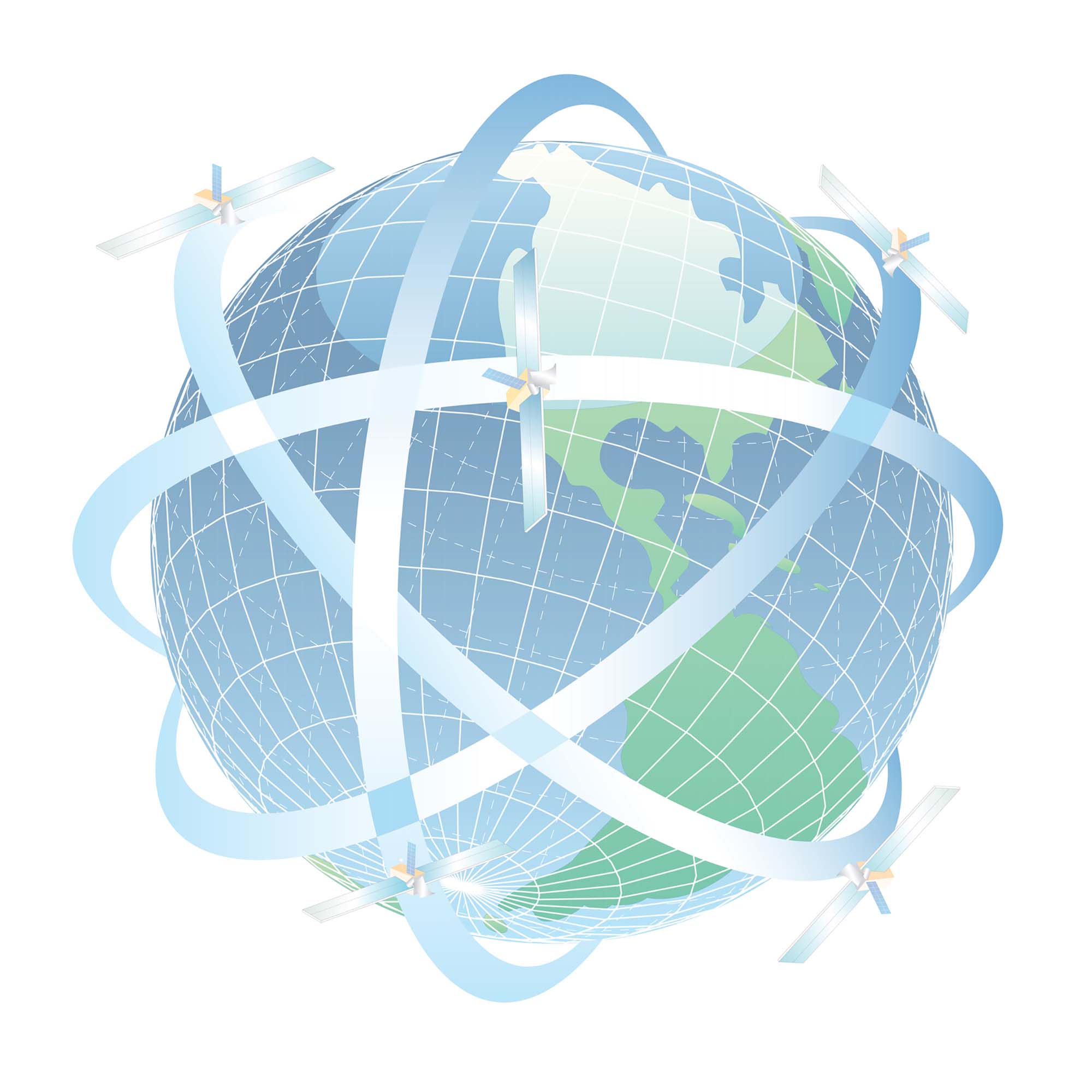Focus on the SCO France 1st Quarterly
SCO France, 20 months after its birth
At the origin of the SCO International initiative, France must be exemplary and play a leading role. In fact, the SCO France was born in September 2019, 3 months after the SCO International. In just a few months, 2 calls for projects were launched, resulting in 36 piloted labelings, or about 250 people involved in SCO France projects in one way or another. With such a portfolio, which is expected to grow by about 20 projects per year, it is important to provide visibility on their advent and their interactions. Hence the Quarterly Meetings!
4 projects around a theme
For this first meeting, the theme chosen is "satellite data in SCO projects". These data come mainly from Sentinel-1 and -2, data hubs used in France and Copernicus, Spot 6 and 7, of course Pleiades, and TerraSAR-X. The electromagnetic spectrum is thus widely used in SCO projects, with a majority of data freely available. Let's see how 4 SCO projects use it.
NB: the 4 videos proposed in this article are in French
FloodDAM
Offering detection, warning and rapid mapping services, FloodDAM combines several remote sensing sensors to observe and monitor floods on a local scale, with the ambition to do so globally. It works on two levels: systematic acquisitions for continuous monitoring, complemented with programmed satellite acquisitions.
Sensors used
- "Classic" start with Sentinel-2 data and their derived products such as land use maps and permanent water bodies maps.
- Complement programmed by the Pleiades constellation (THR tri-stereoscopic acquisitions), in particular to classify individual buildings with the possibility of making photogrammetry to realize digital surface models in order to simulate the impact of floods.
- Rapid mapping: using radar sensors that are insensitive to clouds. Fully automated, the processing chain is based on systematic Sentinel-1 and programmed TerraSar-X acquisitions, which are much more resolute for the rapid detection of water areas.
- Combination of altimetry sensors from Sentinel-3 and Jason satellites (soon SWOT) that provide global coverage of the largest lakes and rivers. Complementary with other sensors and in situ measurement stations.
Related SCO projects
- StockWater (tank monitoring)
- FLAude (estimation of damage and resilience to flooding in the Aude)
- Eagle Hedges (resilience)
VIMESCO RICE
Vimesco Rice proposes operational tools in response to the needs expressed by the Vietnamese Ministries of Agriculture and Environment to better manage rice production in the short and long term. Two components are jointly developed:
- Vimesco Rice focuses on slow-onset climate change phenomena (droughts, floods, saltwater intrusion...) and their impacts on crops in the Mekong Delta;
- The Viet-ARRO component focuses on the impacts of extreme hydro-meteorological events, particularly on the central regions of Vietnam, which are increasingly affected by typhoons.
Sensors
Sentinel-1 radar remote sensing is optimal for monitoring rice growing areas. These data and their derived products are freely available (on the PEPS platform) and provide information on the status of production and crop forecasting: maps of watered and seeded areas, crop calendar, indicators of conversion to aquaculture, map of changes in agricultural practices. In the longer term, this product will serve as a basis for estimating climate change adaptation and mitigation measures.
Related projects
- GEO Rice (rice monitoring in five South East Asian countries): supported by ESA, this project developed the initial rice detection algorithm and the management of Sentinel-1 data;
- SCO: TropiSCO (real-time monitoring of deforestation in the tropics);
- GEMMES-Vietnam (socio-economic impacts of climate change on countries and their adaptation strategies): this Agence Française de Développement project can provide tools for simulating socio-economic impacts when the SCO can provide remote sensing products.
Thermocity
The Thermocity project aims to provide metropolises with temperature measurements from space in order to model urban heat islands, but also solutions, especially vegetation coupled with buildings. But from space, the thermal data is poorly resolved spatially: 100 m at best when the urban environment requires 10 times finer. The project's other objective is to improve the thermal resolution thanks to algorithms and to couple this information with any type of data derived from optical spatial observation, notably 3D and in situ (building plan, land use, digital surface/height/shadow models etc.).
Data used
- ASTER (thermal)
- ECOSTRESS (thermal)
- Sentinel-2 (optical satellite) + land monitoring service + Theia monthly summaries
- Pleiades (optical satellite)
Related projects
- SAT LCZ (heat islands)
- Green Urban Sat (ecosystem services of urban vegetation): cross visibility, potential data exchange on a common metropolis (Strasbourg)
- Trishna Aval and S3D2 (previously called CO3D): supported by CNES, these two programs will benefit from the results of the Thermocity user workshop for the urban theme
Sat LCZ
The vulnerability of urban environments increases during heat waves. Based on a Local Climate Zones (LCZ) classification exclusively derived from THR satellite imagery, the SatLCZ project aims to provide a vulnerability map of neighborhoods and reduce the heat island effect. Tested in Lille (France) and Rayong (Thailand), two cities with very different characteristics, the automated LCZ classification methodology is applicable anywhere in the world. It was initially developed by the DiaClima project of ADEME and various R&D works at Cerema.
Data used
Pleiades THR imagery, whose tri-stereoscopic observations can be used to establish digital terrain, surface and height models, as well as derived indicators (roughness, permeability, etc.) needed to calculate the urban climatology model. This imagery is accessible through the DINAMIS system for public actors in France, and through the Airbus DS GEO commercial service for other uses.
The result is the production of LCZ and urban heat island maps. Beyond the diagnosis, the numerous indicators underlying each LCZ map can also be used in a search for solutions, for example to reduce soil sealing, or to locate the most vulnerable populations in order to prioritize public action.
Related projects
- SCO: Thermocity (heat islands)
- SCO: Green Urban Sat (ecosystem services of urban vegetation)
- Several Cerema projects, in particular on de-waterproofing



